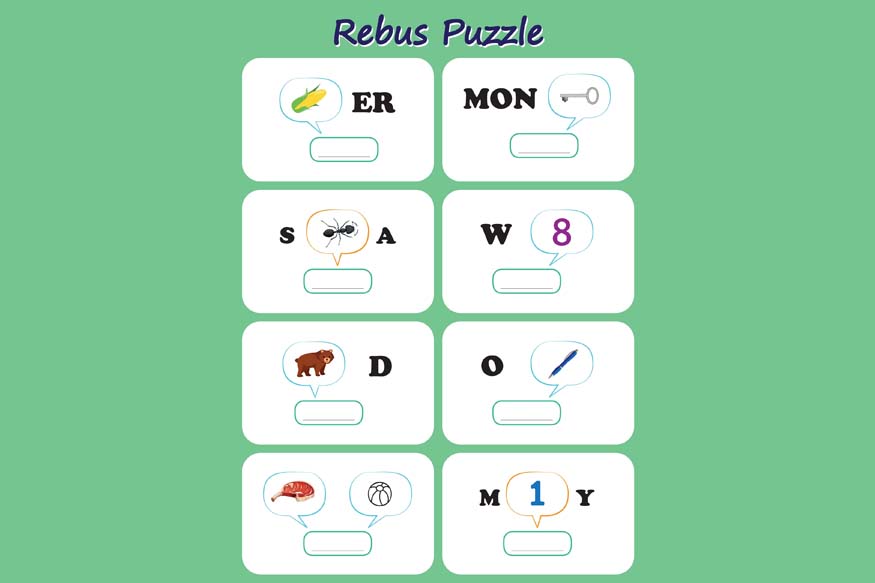A number is a value used in math to express quantity and to do calculations. A symbol like “3” that stands for a number is called a numeral. We use numbers to count various items, like 1, 2, 3, 4, and so on. Counting and calculations have been a part of human lives for centuries. The counting usually starts from numbers 1 and it goes till infinity.
The number “zero (0)” is very important in Mathematics. It serves as a placeholder in the place value system. Zero acts as the additive identity for real numbers and other algebraic systems. We use “0” to indicate the absence of something. For instance, if there were 3 apples and now there are none, we can represent that with zero.
Understanding What is Number System
There are many types of number systems, and some are commonly used in basic math during middle and high school. These include natural numbers, integers, rational numbers, irrational numbers, real numbers, and others.
Types of numbers
Natural numbers
Natural numbers are positive whole numbers starting from 1 and going on forever. They are used for counting things. Natural numbers do not include 0, fractions, decimals, or negative numbers.
The set of natural numbers is usually represented by the letter ” N”
N = { 1, 2, 3, 4, 5, 6, 7, 8, 9, 10 . . . .)
Natural numbers are all numbers starting from 1 and going up, but they do not include 0. This means every natural number is a whole number, but not every whole number is a natural number.
There are four properties that natural numbers fit into:
Closure property: Adding or multiplying any two natural numbers results in a natural number. However, this is not the case for subtraction or division.
Commutative property: The way you add or multiply natural numbers does not change the outcome. However, this is not the case for subtraction or division.
Associative property: The way we group natural numbers when adding or multiplying does not change the outcome. However, this is not the case for subtraction or division.
Distributive property: Multiplication of natural numbers is always distributive over addition
Whole numbers
Whole numbers are non-negative integers that do not have any fractions or decimals. They are represented by the letter “W,” and the set of whole numbers is W = {0, 1, 2, 3, 4, 5, …}.
Real numbers
Real numbers include all positive and negative whole numbers, as well as fractions and decimals, but they do not include imaginary numbers. They are represented by the symbol “R.”
Integers
Integers are a group of numbers that include natural numbers, their negative counterparts, and zero. This means they cover all positive numbers, negative numbers, and 0. Integers cannot be fractions or decimals. Natural numbers are integers that begin at 1 and go on forever. Whole numbers are integers that start at 0 and also continue to infinity.
The set of integers is usually represented by the letter “Z”. It can also be represented by the letter “J”
Z = { . . . -3,-2, -1, 0, 1, 2, 3, 4 . . . }
Adding, multiplying, and subtracting any two integers will always give you another integer. However, this is not the case for divisions. For multiplication and division, if the signs are the same, multiply or divide, the answer is always positive.
Rational numbers
Rational numbers are numbers that can be expressed as a fraction of two whole numbers. For example, the fractions 13 and -11118 are rational numbers. All whole numbers are also rational because they can be written as a fraction with a denominator of 1.
Any decimal that ends is a rational number, like 8.27, which can be written as 827/100. Decimals that repeat a pattern after a certain point are also considered rational numbers.
Irrational numbers
A number that cannot be written as a fraction of two integers is called an irrational number, and it is represented by the symbol “P.”
The square root of 2 is roughly 1.414. This is because when you square 1.4142, you get about 1.999396, which is very close to 2. You can’t find the exact value by squaring a fraction or a decimal that ends. The square root of 2 is an irrational number, so its decimal form continues endlessly without repeating.
Real-life application of number system
The number system helps us understand the quantities and values of various components. It provides a basic view of how to work with numbers mathematically. This aids in calculating numbers through math operations. It also gives us a way to measure the distance or amount of an object.
Some of the examples include:
- To measure airspeed, rainfall, wind speed, and distance.
- In insurance policies.
- In medical devices and for monitoring heart rate.
- To check fuel levels, car instruments, and RPM.
- In ticket numbers and at a train driver’s station.
- For measuring speed, velocity, and acceleration.
- Graphs showing stock market prices.
Numbers are essential in our everyday life for counting, measuring, and labelling things. They can be shown on a straight line called a number line. Real numbers include natural numbers, whole numbers, integers, rational numbers, and irrational numbers. At Center Point School, we create a complete and interesting math program that includes basic ideas, problem-solving skills, and practical uses. We motivate students to actively engage with math concepts instead of just memorising facts.





